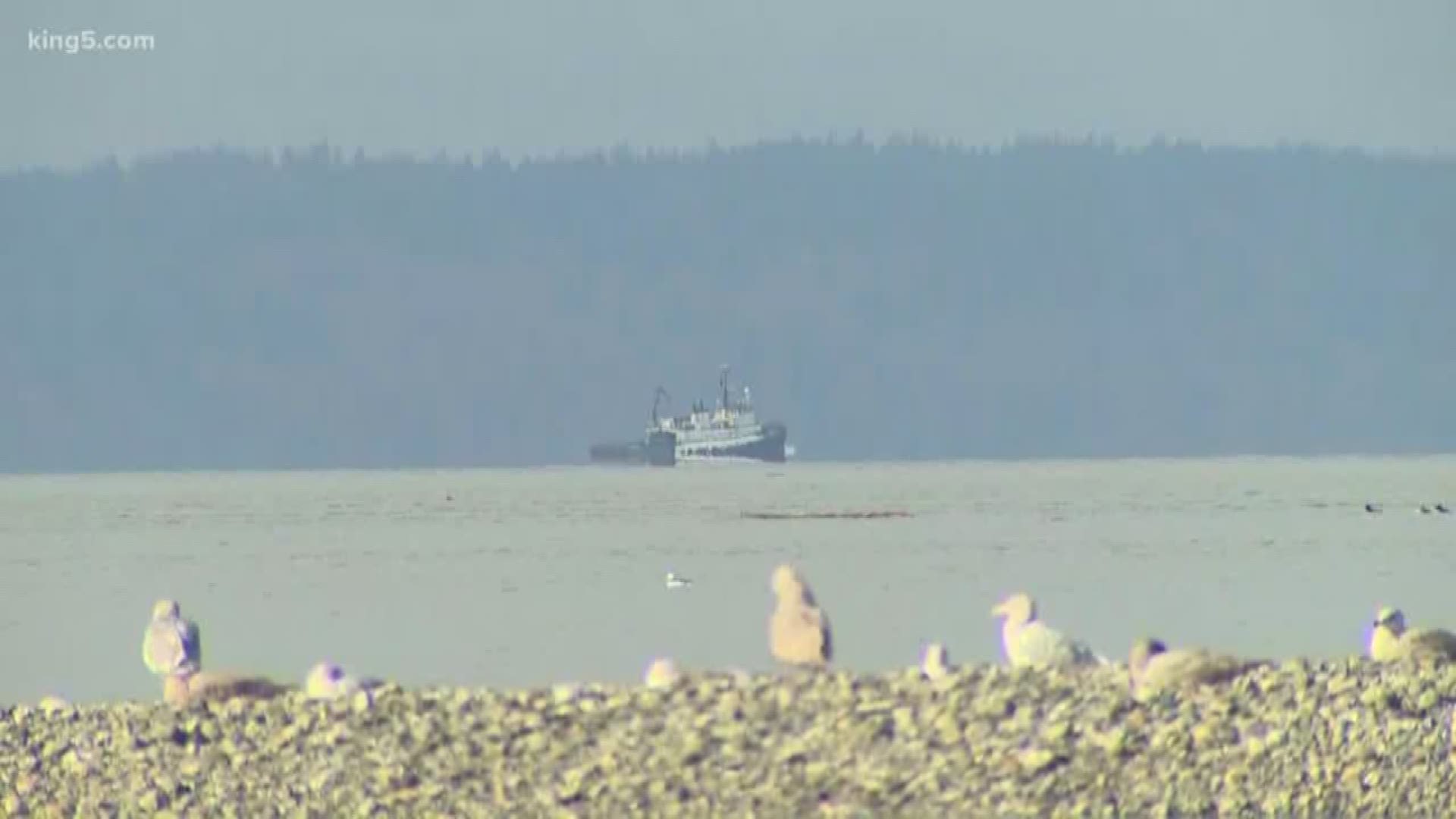SEATTLE — Everyone knows that the waters of Puget Sound play host to many species, from mussels to salmon to orcas.
However, it’s what researchers at the University of Washington can’t see in the water that’s causing them concern.
Researchers know that runoff from land and human pollution can contaminate the water with chemicals that could harm the creatures that live in Puget Sound, but it's not always clear which chemicals are the most harmful.
Researchers have been tracking specific chemicals that are already a known concern. Until recently, there was no way to find out what other potentially harmful chemicals were in the water.
"Basically, we're casting a giant net into the water, trying to find the most number of chemicals as we can,” said Zhenyu Tian, a postdoctoral research scientist with UW Tacoma’s Center for Urban Waters.
The new “non-targeted” approach screens samples from 18 regions of Puget Sound to look for new chemicals in the waters.
The team identified 64 chemicals never detected before in the waterway. Eight chemicals were at potentially hazardous concentrations that researchers said will require further investigation.
Those eight chemicals were localized to 'hot spots' and include vehicle-related contaminants found in tires, anti-depressants, herbicides, chemicals found in plastics, and PFOS – known to harm humans and animals.
They hope this project will help them better understand what's in the water and how it's impacting declining orca and salmon populations.
“This kind of ecological crisis is the trigger, the motive for us to do this type of study. We know pollutants are causing this but we’re not sure what chemicals are doing this, what are the exact reasons for this? That’s why we need to do this type of screening,” Tian said.
Their next step is figuring out how these chemicals affect marine life near shore.
“Some way or another, a huge fraction of the things we buy and use end up in the rivers and Puget Sound," said UW Associate Professor and Researcher Edward Kolodziej. "Everyone thinks chemicals hit the ocean and disappear because there’s so much water in the ocean that the concentrations go way down. But if you took the concentration of a chemical in wastewater effluent or stormwater, it’s not like you can just divide by total water volume of Puget Sound, and that’s the concentration you’d detect in Puget Sound. The concentration in the nearshore is a lot higher because there hasn’t been enough time for mixing to occur. So exposure levels for aquatic organisms in the nearshore can be much higher than you might expect."

